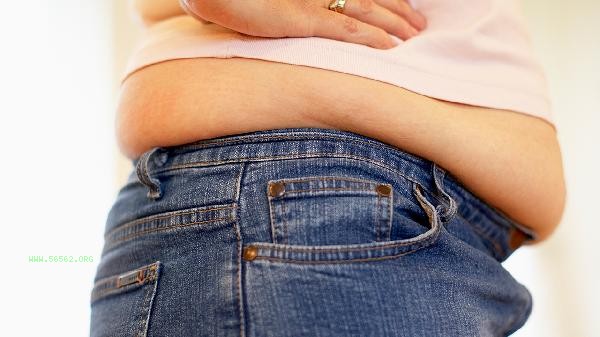For meal replacement weight loss, you can choose five types of foods: high protein milkshakes, low GI oatmeal, dietary fiber meal replacement bars, nutritionally balanced formula powders, and vegetable and fruit puree. These meal replacements can provide satiety and basic nutrition, while controlling calorie intake.

1. High protein milkshake:
Whey protein or plant protein formula milkshakes are common meal replacement options, with each serving typically containing 200-300 calories. Protein content of 15-20 grams can slow down gastric emptying and reduce hunger. Combining vitamins and minerals can make up for the nutritional gap in regular meals and is suitable as a substitute for breakfast or dinner. Attention should be paid to choosing sugar free products to avoid additional calorie intake.
2. Low GI oatmeal:
The glycemic index of instant oatmeal is lower than 60, and rich in β - glucan can form gastric gel to delay digestion. It is recommended to choose the sugar free original flavor, which contains about 180 calories per 50 grams of dry weight. Adding chia seeds or nuts can increase the proportion of fatty acids. Replacing hot water with skim milk during brewing can increase protein intake and maintain blood sugar stability for up to 4 hours.
3. Dietary fiber meal replacement stick:

Meal replacement sticks containing more than 10 grams of dietary fiber can generate a satiety signal by absorbing water and expanding. Choose products with a calorie content of around 200 calories each, which should contain high-quality fibers such as inulin and resistant dextrin. Pay attention to the ingredient list and avoid containing cocoa butter or hydrogenated vegetable oil, which can be used as an afternoon snack to prevent overeating.
4. Nutritional formula powder:
Medical nutritional weight loss formula powder provides carbohydrates, proteins, and fats in a 1:1:1 ratio, with a single calorie intake controlled within 250 calories. Added 22 essential nutrients such as iron and zinc, suitable for completely replacing 1-2 meals. When brewing, it is recommended to pair with 150 grams of green leafy vegetables to supplement the insufficient dietary fiber in the formula.
5. Vegetable and fruit puree:
Homemade mixed vegetable puree mainly consists of low sugar vegetables such as broccoli and spinach, seasoned with half an apple or blueberry. Each 300 gram serving contains no more than 150 calories and contains at least 5 grams of dietary fiber. Using a blender can preserve the nutrients of the fruit peel, and it can be refrigerated for no more than 24 hours, making it suitable as a lunch substitute.

During meal replacement weight loss, it is necessary to ensure the daily basal metabolic energy requirement, with no less than 1200 calories for women and no less than 1500 calories for men. Complete meal replacement should not last for more than 3 consecutive months, and normal eating should be resumed 2-3 days a week. Paired with aerobic exercise such as brisk walking or swimming for 30 minutes daily, it can improve fat metabolism efficiency. If you experience dizziness or fatigue after meal replacement, seek medical attention promptly to check for nutritional deficiencies. For long-term use, it is recommended to undergo quarterly blood routine and liver and kidney function tests. After opening, meal replacement food should be stored according to the instructions, and it is prohibited to consume if it has spoiled or clumped.



Comments (0)
Leave a Comment
No comments yet
Be the first to share your thoughts!